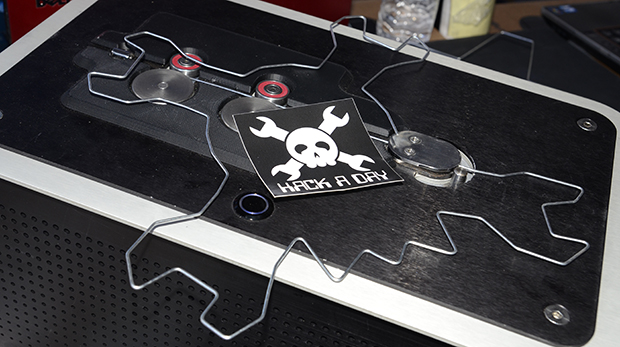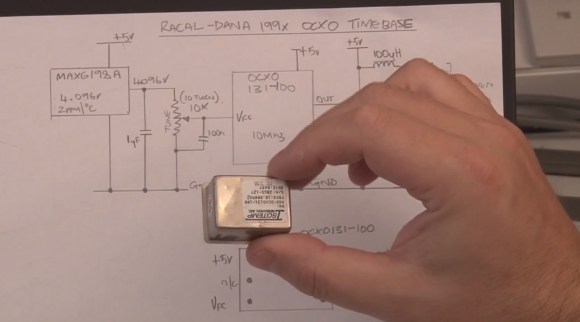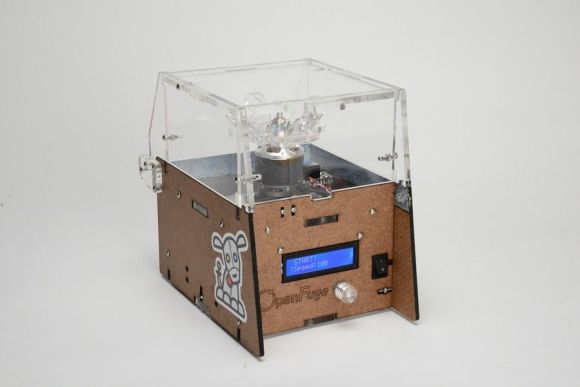
Last year at Maker Faire we ran into the folks from Pensa Labs, the crew behind the very cool DIWire CNC wire bender. They were back again in full force this year with a new, improved, and soon-to-be commercially launched wire bender.
The first time we saw the DIWire it was a very cool piece of kit, but something that might not hold up to the rigours of a production environment. The latest version, a 14×8.5×5.5 inch machine designed to be set into a table, allowing for rapid manufacturing of nearly any shape imaginable bent into 1/8″ and 1/16″ steel wire.
Making any shape with the DIWire is extremely simple: if you have an SVG file, just import it into the software, define a few points along a path, and slip in a length of wire. One of the guys from Pensa was able to re-create the Hackaday logo is a few minutes.
It’s an impressive piece of kit that a few makers, hackers, and architects are using to build structures that can’t be made any other way. The DIWire will soon be released to the public, so check out their site for updates.
















